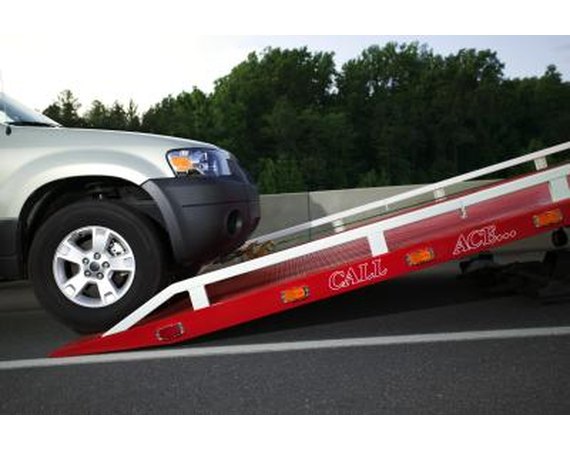
For teenagers, who typically have little to no credit, obtaining money through the form of a loan can be a challenging process. Whether for a car, college or personal reasons, teenagers seeking loans do have some options as they start their financial portfolio.
Parental Loans
Depending on the responsibility level of a teenager, the best option for a first loan may be borrowing money from her parents. Even with this type of assistance, parents can still establish a monthly repayment plan as well as penalties for late payments. This introductory type of lending can help parents determine if their teenager is ready for the fiscal commitment and responsibility of taking on a bank loan.
Car Loans
When searching for a car loan for a teenager, there are important decisions to make. Considering the depreciation value of new vehicles, it is best to have a new teen driver purchase a used vehicle. The next essential step in finding a loan for a teen driver is to identify a cosigner for the auto loan. Most lenders will require a cosigner due to a teenager's lack of credit or demonstrated consistent income. Parents should assist their teens in researching the lender to ensure it is a reliable source.
Student Loans
The world of student loans is often complicated. The first step for any teenager entering college is to fill out a Free Application for Federal Student Aid, or FASFA. After filling out a FASFA form, the applicant is then informed as to what amount of federal student aid he is eligible for. With assistance from parents, teenagers can make the important determination of choosing a loan type, either subsidized or unsubsidized, and lender.
Personal Loans
For teenagers who want to take out a loan for personal use, options are limited. If teens and their parents can agree on an amount and a cosigner, and find an affordable repayment option, personal loans are a much better choice than introducing teenagers to credit cards. When weighing the pros and cons of taking out a personal loan, teenagers should ask themselves if it is possible to create a savings plan that would get them the amount of money they need versus taking out a personal loan.





























